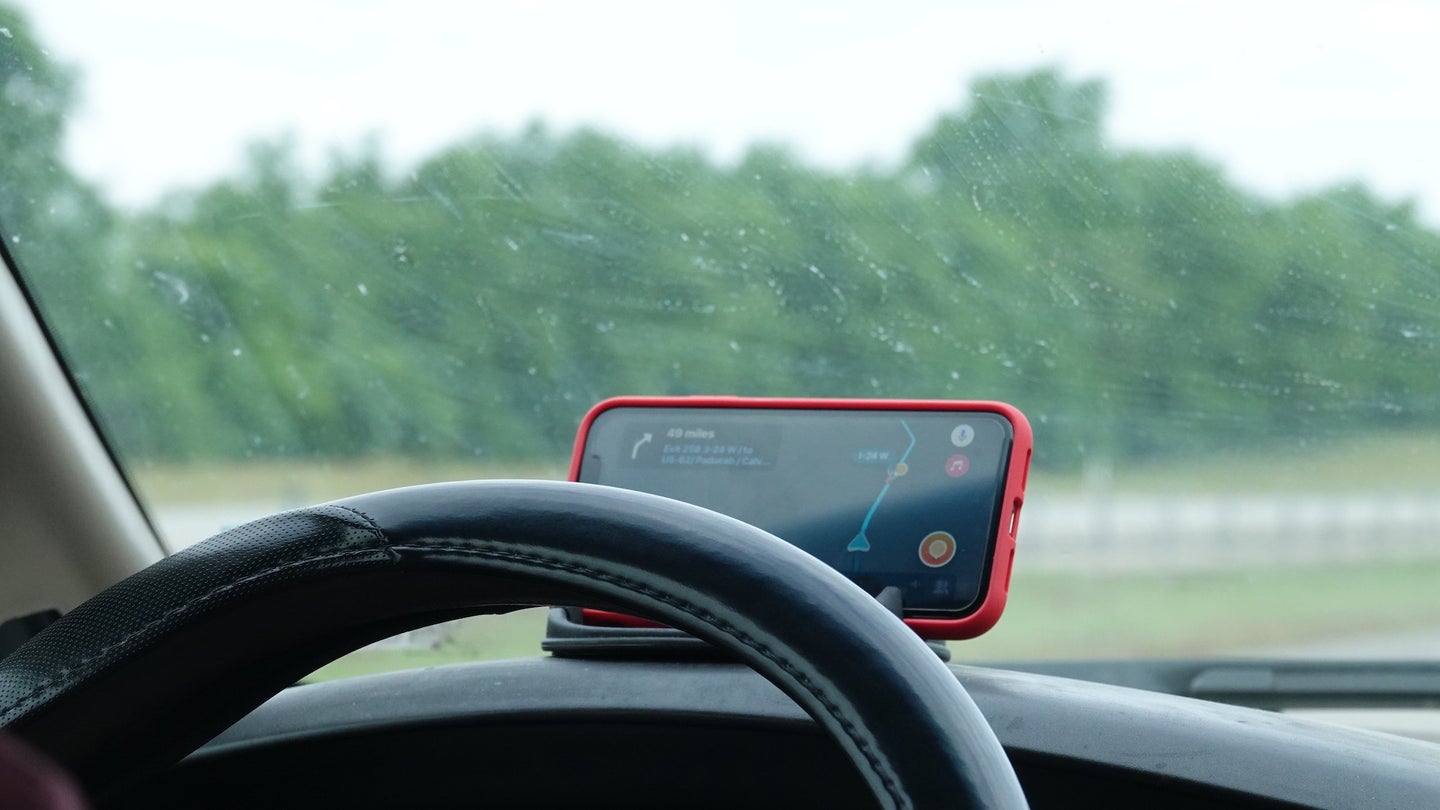Waze will start warning drivers about the most dangerous roads
A new feature uses AI to combine historical crash data with current route information.

Today, Waze announced a new feature called crash history alerts that will warn drivers about upcoming accident black spots on their route. If you are approaching a crash-prone section of road, like a series of tight turns or a difficult merge, the Google-owned navigation app will show a warning so you can take extra care.
Waze has long allowed users to report live traffic information, like speed checks and crashes, as they use the app to navigate. This crowdsourced information is used to warn other users about upcoming hazards, and now will apparently also be used to identify crash-prone roads. According to Google, an AI will use these community reports combined with historical crash data and key route information, like “typical traffic levels, whether it’s a highway or local road, elevation, and more,” to assess the danger of your upcoming route. If it includes a dangerous section, it will tell you just before you reach it.
So as to minimize distractions, Waze says it will limit the amount of alerts it shows to drivers. Presumably, if you are navigating a snowy mountain pass, it won’t send you an alert as you approach each and every corner. It seems the feature is designed to let you know when you’re approaching an unexpectedly dangerous bit of road, rather than blasting you with notifications every time you take a rural road in winter.
[Related: Apple announces car crash detection and satellite SOS]
Similarly, Waze won’t show alerts on roads you travel frequently. The app apparently trusts that you know the hazardous sections of your commute already.
Google claims this is all part of Waze’s aim of “helping every driver make smart decisions on the road,” and it is right that driving is one of the riskiest things many people do on a daily basis. According to a CDC report that Google cites in its announcement, road traffic accidents are the leading cause of death in the US for people between 1 and 54, and that almost 3,700 people are killed every day in crashes “involving cars, buses, motorcycles, bicycles, trucks, or pedestrians.” Road design as well as driving culture are both part of the problem.
[Related: Pete Buttigieg on how to improve the deadly track record of US drivers]
Waze isn’t the first company to think up such an idea. Many engineers have developed similar routing algorithms that suggest the safest drives possible based on past driving and accident data.
While one small pop up obviously can’t save the 1.35 million people who die on the roads each year, it could certainly help some of them. Google is running other traffic AI-related projects outside of Waze, too. For example, one Google Maps project aims to use traffic flow data to figure out which intersections to direct drivers to, ideally reducing gridlock at busy intersections. If you’re driving somewhere unfamiliar, maybe give Waze a try. An extra warning to take care when you’re approaching a tricky section of road might be just what you need to stay safe on the road.